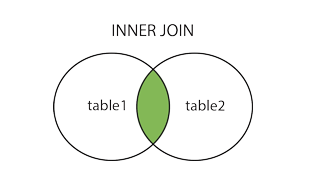Unlocking the Role of Themes in Slot Game Design
작성자 정보
- Mohammad 작성
- 작성일
본문

At its core, a slot game's theme is the central concept that ties the game's mechanics together. It's the central narrative that gives the game its identity. A well-designed theme can transport the player to a unique world, drawing them in and making them invested in the game's outcome. Conversely, a poorly executed theme can leave the player feeling detached.
There are many different approaches to theme design in slot games. Some games opt for timeless themes such as Renaissance Italy. These themes have proven to be greatly appealing to players, offering them a sense of nostalgia. Other games, on the other hand, may opt for more modern themes, such as superheroes.
A key aspect of theme design is its impact on the game's mood. A gritty theme, for example, will create a distinctly different experience from a playful one. This can also be reflected in the game's audio cues, which can either amplify or detract from the overall theme. Players subconsciously pick up on these cues and adjust their expectations and behavior accordingly.
Another critical aspect of theme design is its relevance to player demographics. A game that caters to a more mature demographic, for instance, may feature more colorful graphics, while a game targeting a more mature audience may opt for a darker theme. This attention to detail allows developers to tailor their games to specific demographics, increasing their appeal and effectiveness.
Ultimately, a well-executed theme is a key identifier for slot games, setting them apart from the competition and attracting players who appreciate the unique experience it offers. By considering the role of themes in slot game design, developers can create games that are not only immersive but also memorable. In an ever-evolving market, theme differentiation can be the determining factor in driving player engagement and attracting new fans to a particular game or brand.
관련자료
-
이전
-
다음
